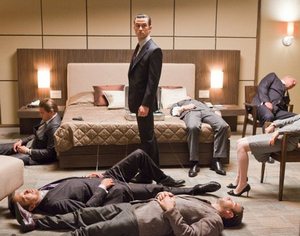Scientists have discovered that it is possible to induce lucid dreaming in sleepers by applying mild electrical currents to their scalps, a study says. Lucid dreaming is when a sleeper recognises they are dreaming and may even be able to manipulate the dream’s plot and control their behavior. “The key finding is that you can, surprisingly, by scalp stimulation, influence the brain. And you can influence the brain in such a way that a sleeper, a dreamer, becomes aware that he is […]






